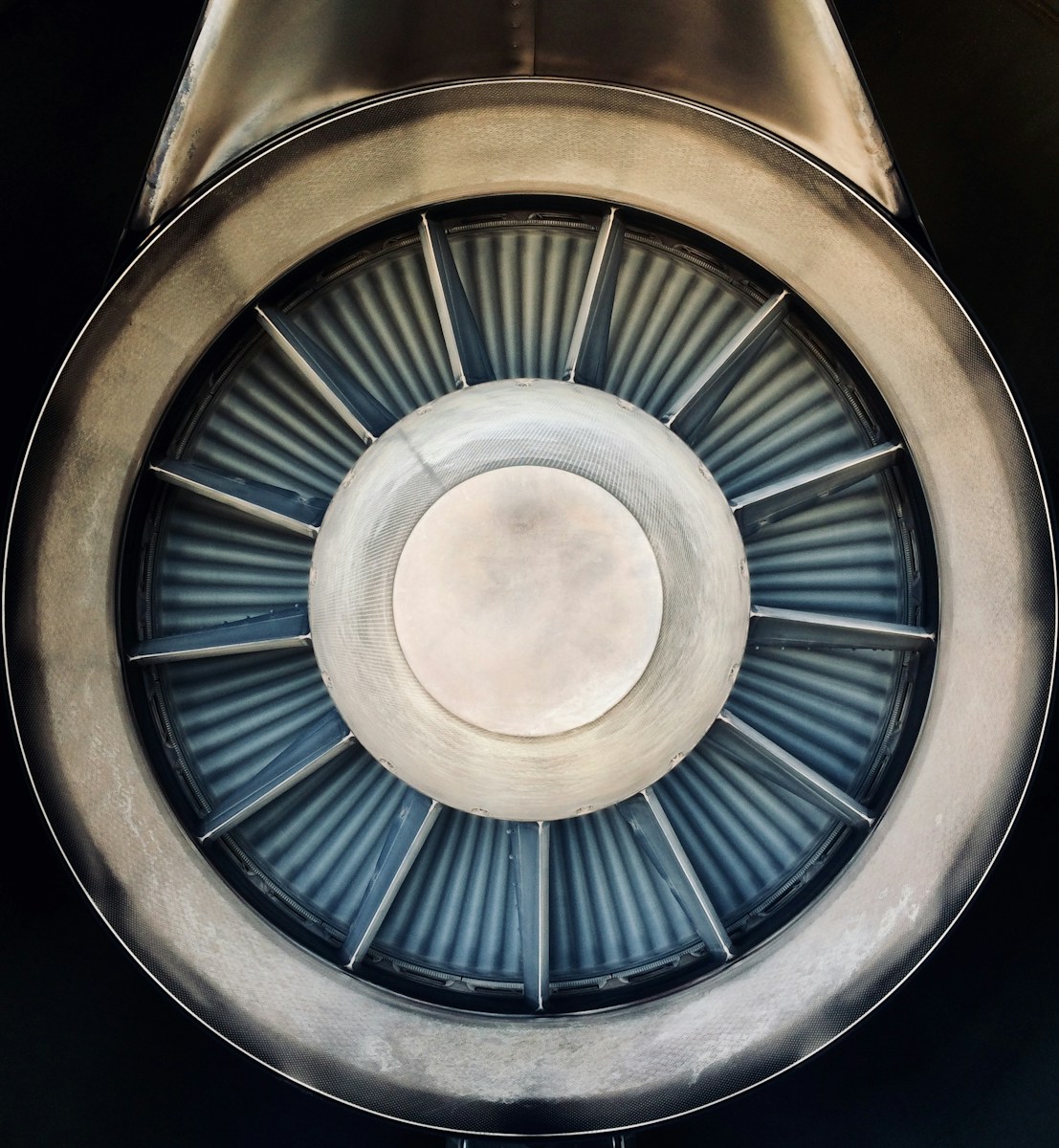Crafting Perfectly Formatted Fake Phone Numbers with Faker
As a developer, I often find myself needing to generate realistic-looking data for testing purposes. One common requirement is creating phone numbers that mimic real-world formats. For example, in the United States, phone numbers often follow the 999-999-9999 pattern. This is where the Faker library shines—it allows you to generate fake yet convincing data with












